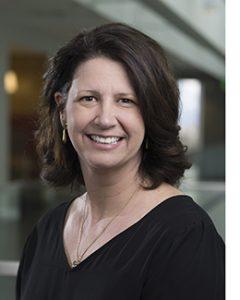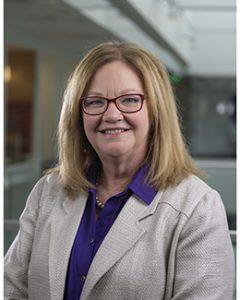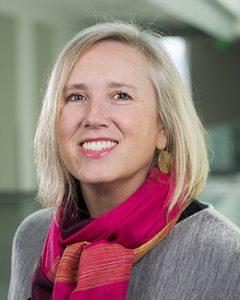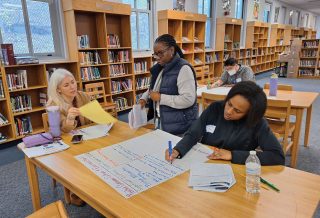FOCUS
Lift and lead
What it takes to thrive as a leader of a turnaround school
By Andrea Rorrer, Janice Bradley and Cori Groth
Categories: Change management, Learning designs, School leadership, Standards for Professional LearningOctober 2019
Vol. 40, No. 5
Read the remaining content with membership access. Join or log in below to continue.
Sed ut perspiciatis unde omnis iste natus error sit voluptatem accusantium doloremque laudantium, totam rem aperiam, eaque ipsa quae ab illo inventore veritatis et quasi architecto beatae vitae dicta sunt explicabo. Nemo enim ipsam voluptatem quia voluptas sit aspernatur aut odit aut fugit, sed quia consequuntur magni dolores eos qui ratione voluptatem sequi nesciunt. Neque porro quisquam est, qui dolorem ipsum quia dolor sit amet, consectetur, adipisci velit, sed quia non numquam eius modi tempora incidunt ut labore et dolore magnam aliquam quaerat voluptatem.
About LIFT
To date, LIFT has been funded by the Utah State Board of Education, initially through enactment of legislation in 2015 that identified schools whose performance was in the bottom 3% according to the state’s accountability system. These schools were given up to three years to improve student performance.
The first cohort of 26 turnaround schools was identified in fall 2015 and included both charters and traditional public schools. Many of these schools were previously or simultaneously identified as Title I priority or focus schools, as part of existing federal accountability policies.
Five additional school cohorts were identified in 2017 and eight more in 2019. All schools identified as turnaround are invited to participate in LIFT.
LIFT uses continuous planning, self-assessments, and improvement cycles, promotes active learning and engagement with models, and builds collective responsibility. LIFT’s professional learning design is:
- Grounded in systems theory;
- Research-based and data-informed;
- Adult learning-centered and need-based;
- Focused on learning community;
- Collaboratively planned;
- Job-embedded;
- Scaffolded and sustained; and
- Aligned to professional learning, leader, and educator standards.
References
Adams, L. (n.d.). Learning a new skill is easier said than done. Gordon Training International. Available at www.gordontraining.com/free-workplace-articles/learning-a-new-skill-is-easier-said-than-done.
Benjamin, B., Yeager, A., & Simon, A. (2012). Conversation transformation: Recognize and overcome the 6 most destructive communication patterns. New York, NY: McGraw-Hill Professional.
The Center on School Turnaround. (2017). Four domains for rapid school improvement: A systems framework. San Francisco, CA: WestEd.
Cheetham, G. & Chivers, G. (1996). Towards a holistic model of professional competence. Journal of European Industrial Training, 20(5), 20-30.
Gordon, K. (1995). The self-concept and motivational patterns of resilient African American high school students. Journal of Black Psychology, 21, 239-255.
Johnson Jr., J.F., Uline, C.L., & Perez, L.G. (2017). Leadership in America’s best urban schools. New York, NY: Routledge.
Learning Forward. (2011). Standards for Professional Learning. Oxford, OH: Author.
London, M. (1997). Overcoming career barriers: A model of cognitive and emotional processes for realistic appraisal and constructive coping. Journal of Career Development, 24(1), 25-38
Park, V., Daly, A., & Guerra, A.W. (2012). Strategic framing: How leaders craft the meaning of data use for equity and learning. Educational Policy, 27(4), 645-675.
Park, V., Groth, C., Bradley, J., & Rorrer, A. (2018). Reclaiming turnaround for democratic schooling: Leadership moves to build capacity for teaching and learning. In C. Meyers & M. Darwin (Eds.), International perspectives on leading low-performing schools. Charlotte, NC: Information Age Publishing.
Simon, A. & Agazarian, Y. (2000). The system for analyzing verbal interaction. In A.P. Beck & C.M. Lewis (Eds.), The process of group psychotherapy: Systems for analyzing change (pp. 357-380). Washington, DC: American Psychological Association.
Categories: Change management, Learning designs, School leadership, Standards for Professional Learning
Recent Issues
NAVIGATING NEW ROLES
April 2025
Read the remaining content with membership access. Join or log in below to...
LEARNING DESIGNS
February 2025
Read the remaining content with membership access. Join or log in below to...
BUILDING BRIDGES
December 2024
Read the remaining content with membership access. Join or log in below to...
CURRICULUM-BASED PROFESSIONAL LEARNING
October 2024
Read the remaining content with membership access. Join or log in below to...














